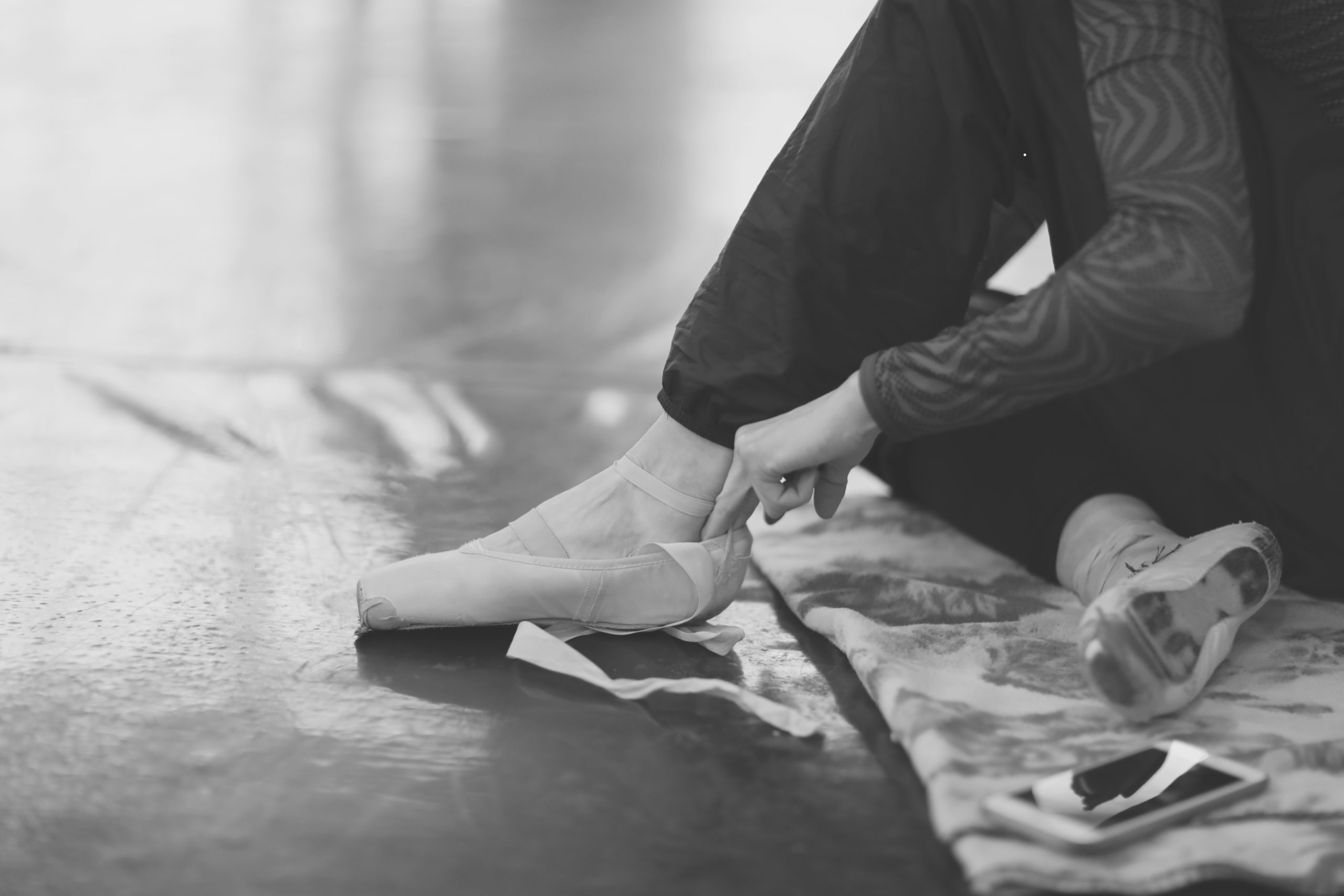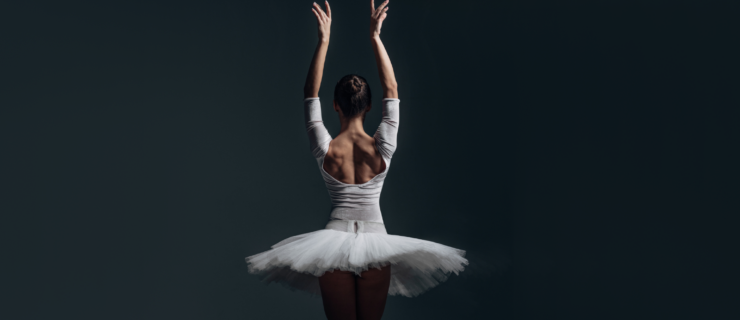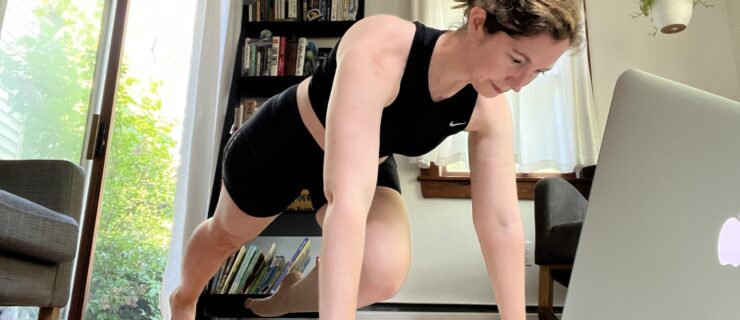As the Season Starts, Here’s How to Prep Your Feet for Long Hours on Pointe
Ballet seasons are starting up again. But returning to long rehearsal days on pointe can be really challenging, especially after past seasons’ spotty schedules and pandemic-related modifications. With the shift back to full-time work, dancers once again face the common trials of blisters, bruising, soft-tissue irritation and even injury. To help navigate this tricky transition period, Pointe spoke with professionals in ballet and health care to discuss how to get back to all-day pointework as safely and painlessly as possible.
The Risks
During the off-period, dancers can become deconditioned, says Dr. Frank Sinkoe, an Atlanta-based podiatrist. In other words, you lose musculature and endurance, especially in the foot’s intrinsic stabilizers necessary for strong pointework. While a degree of this is natural, becoming too deconditioned heightens your injury risk when returning to work.
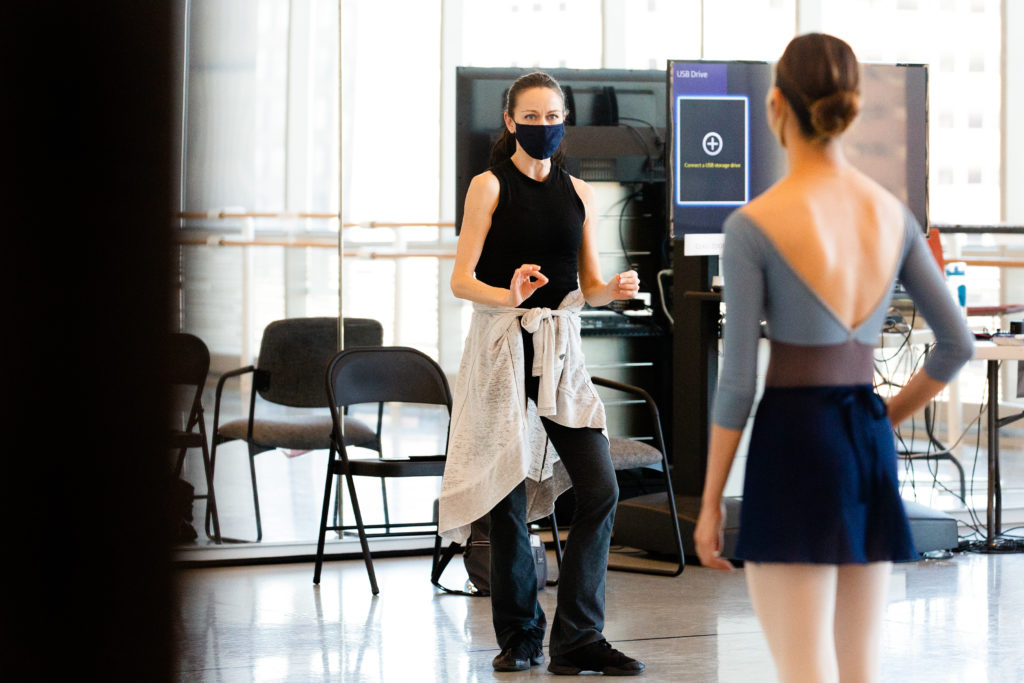
Chicago-based dance and sports medicine podiatrist Dr. Lisa M. Schoene, DPM, ATC, FACFAS, notes that intense, repeated motions that suddenly increase in frequency may lead to overuse injuries like metatarsal stress fractures, Achilles tendinitis or shin splints. You can also develop posterior impingements from excessive pointework. But injury could happen almost anywhere if you aren’t prepared, as deconditioned muscles fatigue quickly and may not sustain a six-hour workday.
Additionally, skin calluses can soften and toenails can grow in thinner during the off-season. Blisters, calluses, corns, bruised and ingrown toenails, irritated bunions and general discomfort are all common with sudden, increased pointework. That said, dancers can take measures to minimize pain and injury as the season begins.
Prepare Your Body, Feet and Shoes
Remain active over the break, especially toward the start of the season. Dr. Megan Meier, a sports medicine specialist who formerly trained at Oklahoma City Ballet, encourages dancers to explore different methods of cross-training. While maintenance ballet classes are necessary, they aren’t enough on their own. “The one-note, high-repetition activity is a recipe for overuse injuries,” says Meier. Working exclusively in turnout can actually shorten the hip stabilizers you need for jumps and turns, so it’s healthy to strengthen other muscles with different styles of movement. “Even if it’s just Pilates or a different style of dance, doing that can keep the body safer.”
Stabilization exercises also help. Sinkoe suggests one-legged squats, as well as tendus or ronds de jambe using a tethered TheraBand or cable for resistance. Calf-raises on flat or on pointe, planks, push-ups and foot-strengthening exercises (like doming) can be easily done at home.
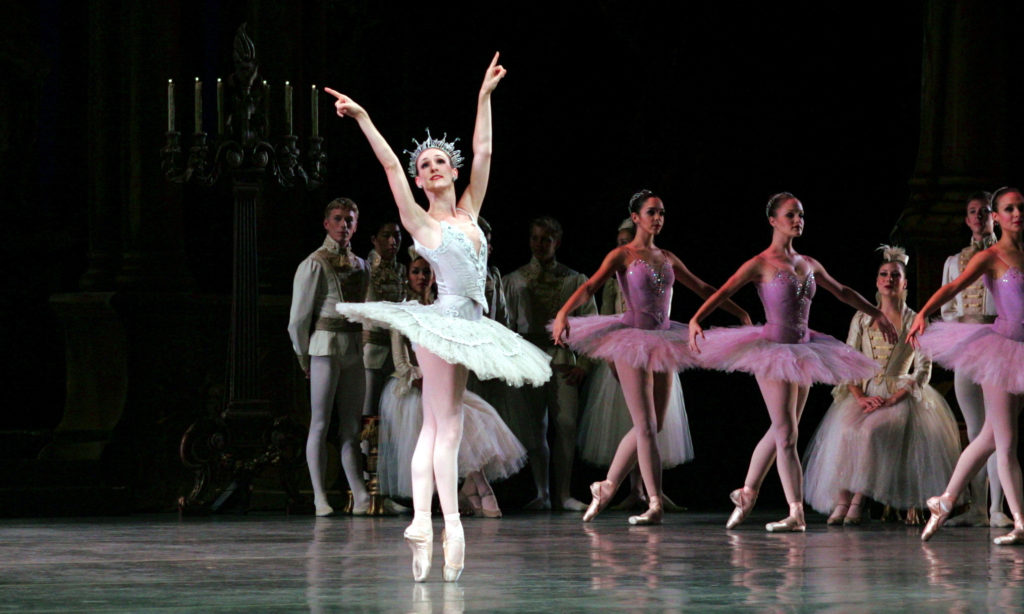
But staying conditioned is more than just regular activity—it requires planning. As the season approaches, Meier advises progressing slowly over several weeks. This allows the body to maintain a build-up phase, rather than a “breakdown phase” from advancing too quickly. She suggests gradually increasing the number of classes before ramping up difficulty, to ease the body back into daily dancing.
Miami City Ballet principal Tricia Albertson recommends never letting 10 days pass during the off-season without putting on a pair of pointe shoes, even just to walk around the house. “When your feet get desensitized,” she explains, “you try to avoid the pain and do weird things. Then the ankle problems happen.” Wearing your shoes throughout the layoff period helps keeps skin and calluses tough.
Albertson also begins the season with several pairs of shoes prepared in various states of wear. This helps her avoid dancing on dead shoes or running out of broken-in pairs at the outset. “Because the worst thing,” she says, “is breaking in new shoes with sore feet!”
As the Season Begins
The “building” mindset doesn’t stop once the season starts. Houston Ballet ballet master Amy Fote says dancers should focus on proper alignment and tracking of the joints, especially during descents from pointe or jumps. Be especially careful not to overpronate, making sure the arch is lifted and that all three points of the foot are on the floor. And listen to your body; you may need to modify during class (skipping jumps or switching to flat, or swapping fouettés for turns in fifth) to avoid injury. Fote suggests focusing on “neatness and building strength” during the first few weeks back.
Sinkoe also encourages mindfulness in the studio. “The majority of overuse injuries I see come back to technical error,” he says, such as forcing turnout or pushing over too far on pointe. Make an active effort to self-correct throughout the day, being conscious of common errors and personal pitfalls.
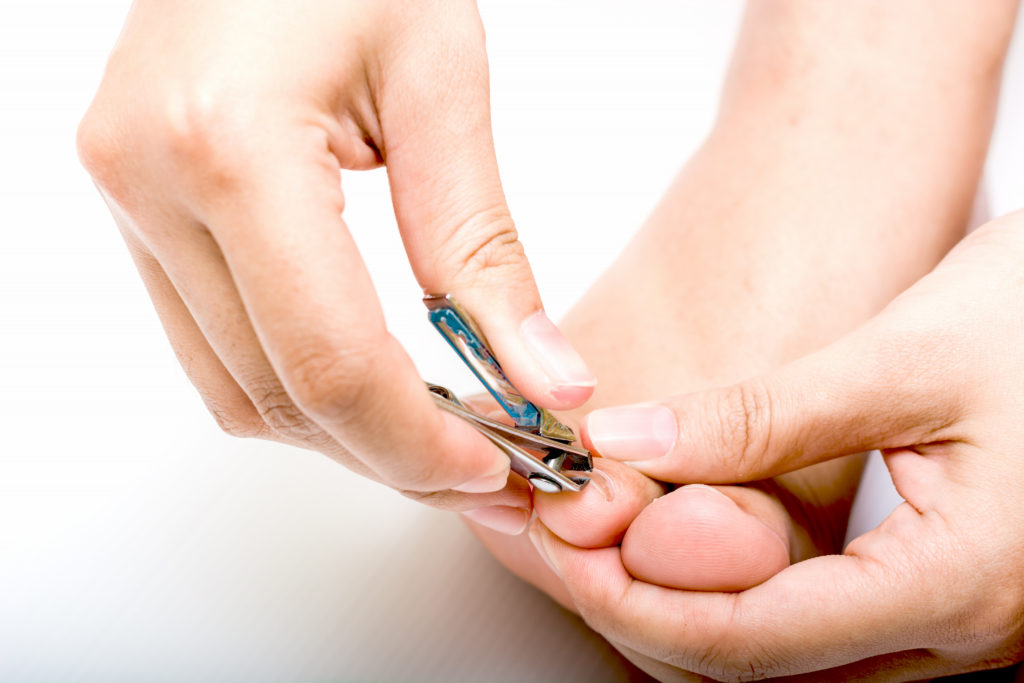
Your foot and toenail hygiene also requires regular attention. Keep nails trimmed and filed smooth at a personal “sweet spot” to avoid ingrown issues or bruising, says Meier. Epsom salt soaks or ice baths can also give inflamed feet and muscles temporary relief.
Blister Band-Aids, 2nd Skin or lamb’s wool can help cushion touchy areas. Schoene recommends topical ointments like Biofreeze, Traumeel and arnica gel to fight inflammation between rehearsals. She also suggests using antiperspirant spray to quickly dry sweaty, blister-prone feet. After dancing, wearing socks with moisture-wicking or dry-fit fiber blends in supportive sneakers can provide extra care.
Finally, stable ankles and strong pointework rely on an overall healthy body. As always, maintain good sleep, nutrition and hydration habits, as low energy levels can impact technique and heighten injury risk. At the end of the workday, says Albertson, “do some breathing exercises or have some Sleepytime tea—something to calm the nerves.” Adrenaline can run especially high at the start of the season, so take time to wind down to prepare your body for the next busy day on pointe. Your feet will thank you!
